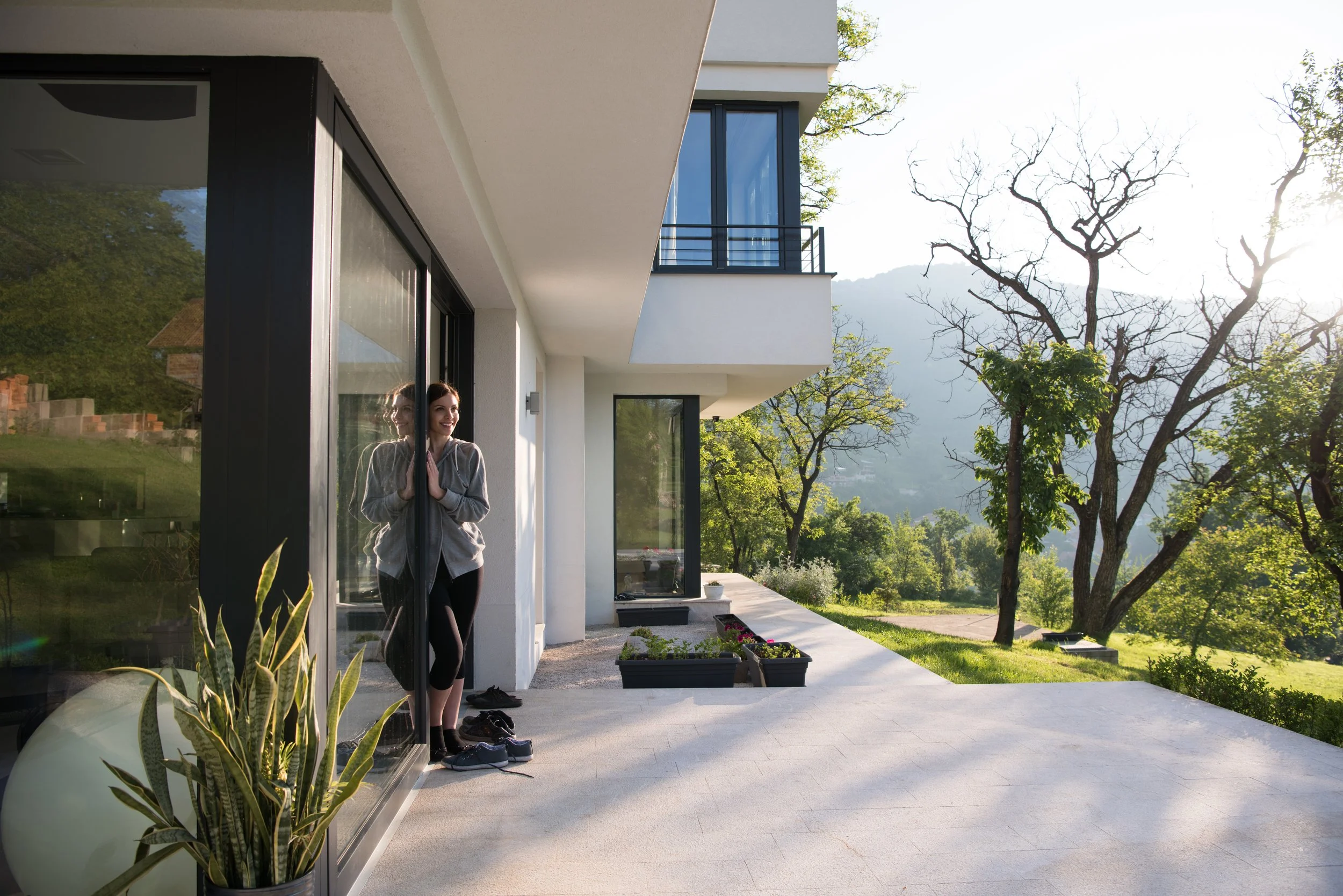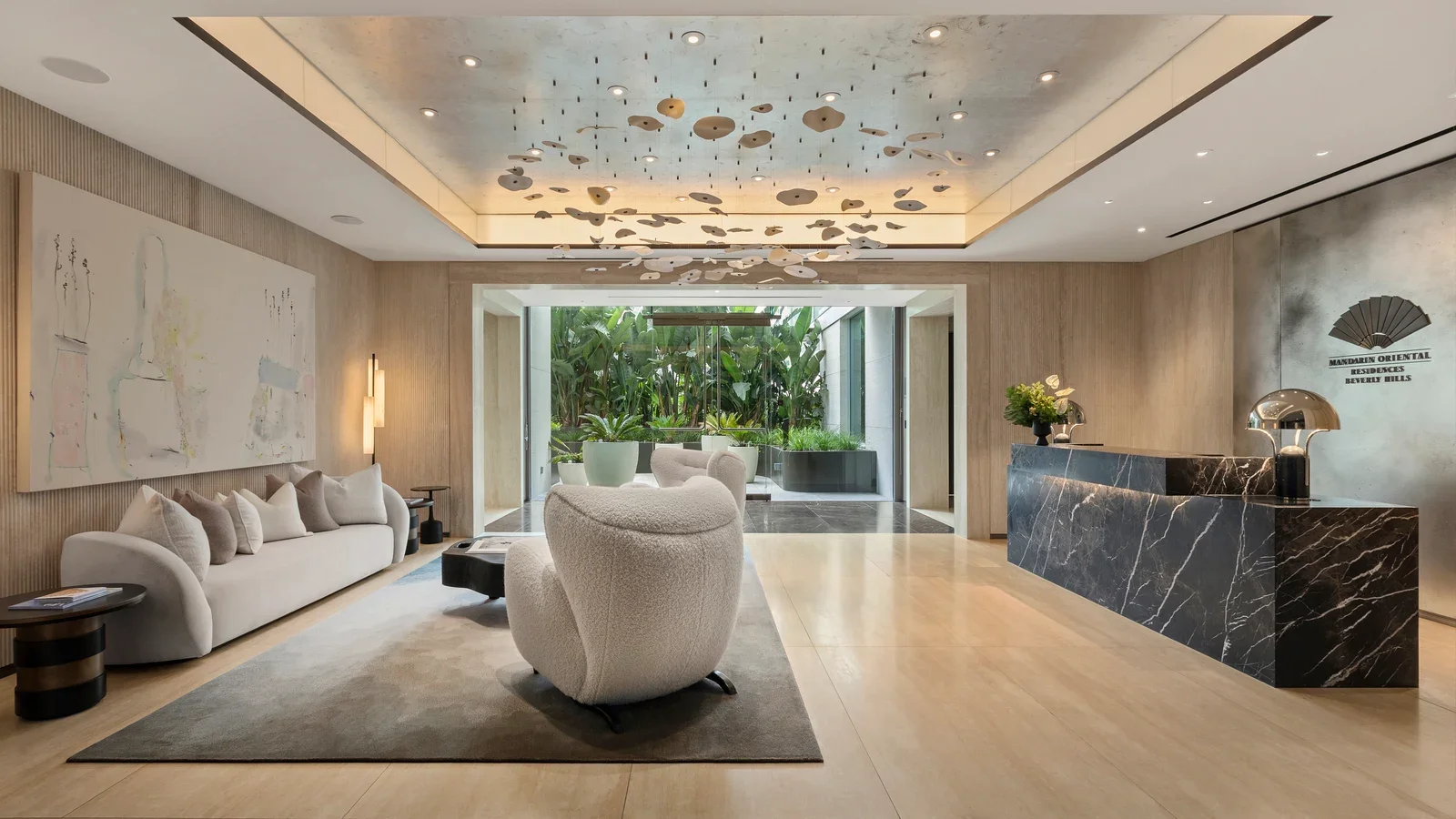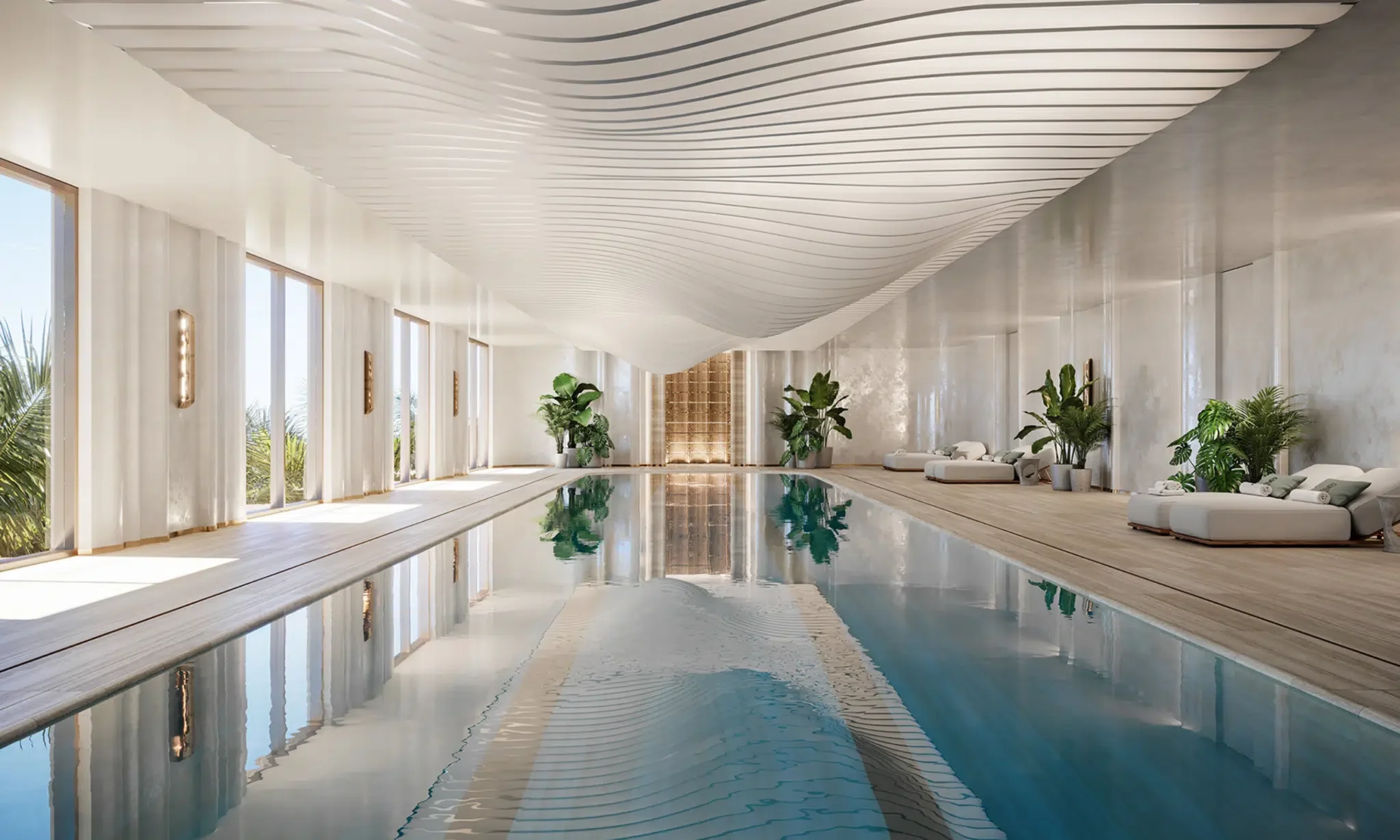Why Every Property Portfolio Needs a Longevity Strategy by 2030
We’re entering a new era of real estate — one shaped not just by location or luxury, but by lifespan and wellbeing.
As people live longer and become more intentional about how and where they age, real estate is evolving in kind. Healthspan — the quality of those additional years — is becoming a decisive factor in where people choose to live, work, and invest. This shift is fueling the rise of longevity-led development: environments that not only accommodate life but also actively enhance it.
By 2030, properties that support long-term health won’t be a niche — they’ll be the new standard.
Source: Mandarin Oriental Residences, Beverly Hills
From Amenity to Core Asset Value
The numbers are already telling a clear story.
The global wellness real estate market is now valued at over $438 billion, growing at twice the pace of traditional real estate (Global Wellness Institute, 2023). What was once a lifestyle extra is now proving essential to performance:
WELL-certified buildings see up to 28% longer tenant retention and increased workplace satisfaction (IWBI, 2022).
Premium residences with circadian lighting, advanced air systems, and integrated health tech sell at 10–30% price premiums (Savills, 2023).
This signals the rise of preventive health environments — buildings designed to enhance energy, focus, and recovery at a biological level.
Source: The OWO Residences by Raffles, London
Why This Matters for Developers: Wellness as a Value Multiplier
For developers, a longevity strategy isn’t just about user benefit — it’s about unlocking value across the entire asset lifecycle.
1. Faster Sales and Pre-Leasing
Wellness-focused homes consistently see accelerated absorption. Buyers are actively seeking spaces that support their health goals, and are prepared to move quickly when they find them.
2. Premium Pricing and Margin Expansion
Residences with integrated health infrastructure regularly command double-digit premiums, with some achieving 20–30% uplift. This directly drives higher revenue per square foot and stronger IRRs.
3. Stronger Investor and Partner Appeal
Wellness-forward assets align naturally with ESG mandates, attracting institutional capital and enabling preferential financing. They also open strategic partnerships — particularly in diagnostics, healthtech, and hospitality.
4. Future-Proofed Asset Relevance
Buildings that support physical and cognitive wellbeing will remain commercially and culturally relevant longer than conventional stock — particularly as regulation shifts toward health-positive environments.
5. New Revenue Streams
With in-built diagnostics, recovery protocols, and digital health services, these assets can activate new income models — from memberships and subscriptions to partnerships and on-demand care.
In short: longevity-led development isn’t a cost centre — it’s a growth lever. It raises asset value, buyer loyalty, and long-term brand equity.
Source: St. Regis Residences, Miami
Case Study: The Longevity-Built Environment
At LONVIA, we’ve partnered with one of India’s most visionary developers to co-create a flagship longevity residence and health members club in Delhi NCR.
This residential building will offer its residents a state of the art longevity hub.
Each home is essentially designed with:
Medical-grade air and water systems
Integrated health technology
Dedicated recovery, hormone health, and diagnostic zones
Integrated expert support from health coaches and longevity doctors
Here, wellness isn’t a nice touch — it’s the foundation of value creation for the developer.
2030: The New Baseline
In the next real estate cycle, the question won’t be “Should we add wellness?” — it will be “How robust is your longevity layer?”
Sustainability is now table stakes. Health is next. And the assets that deliver measurable wellbeing will define the new premium.




